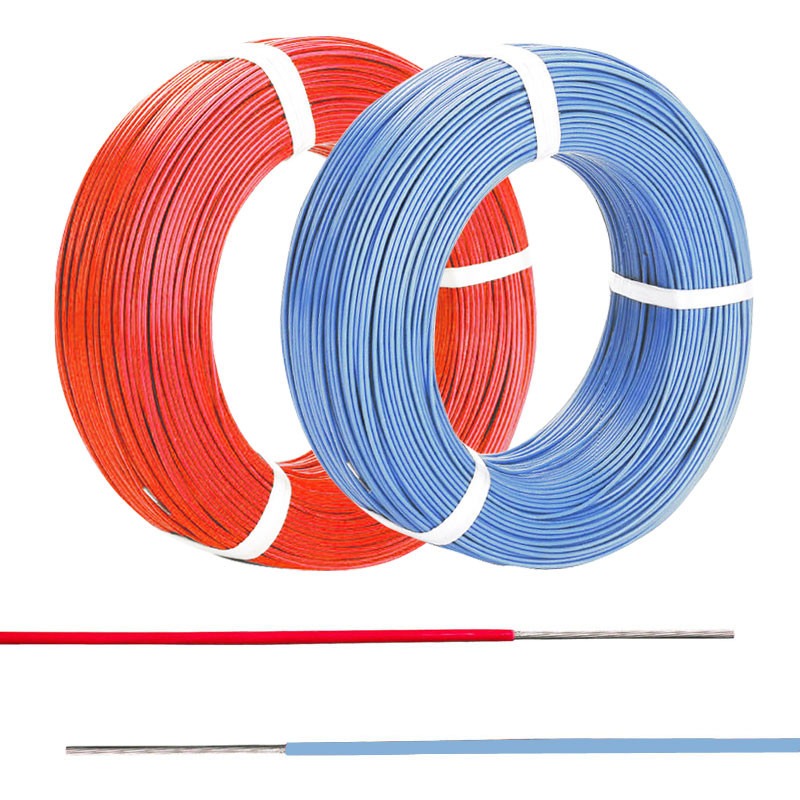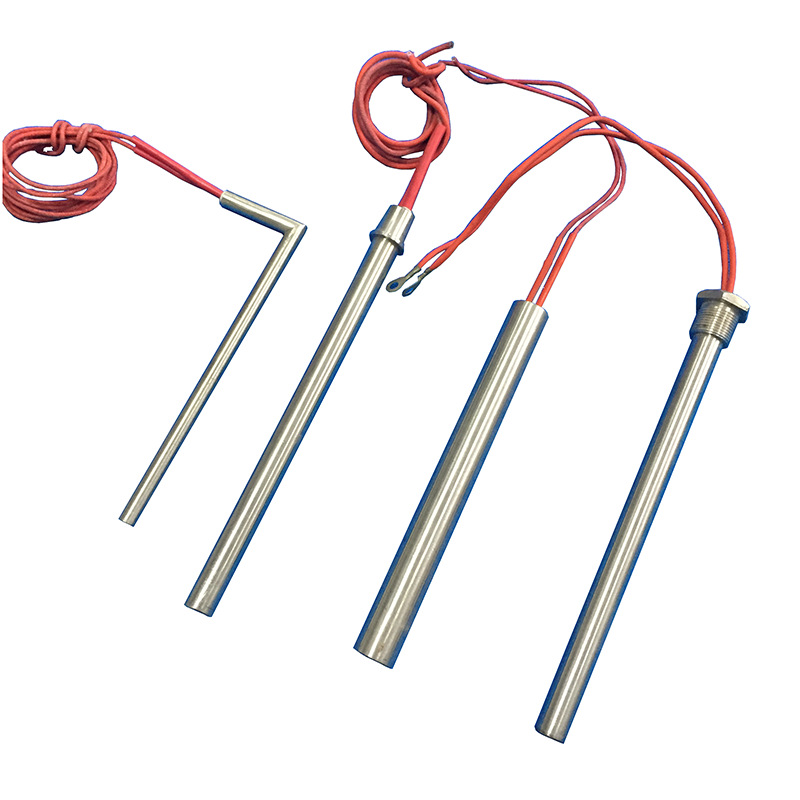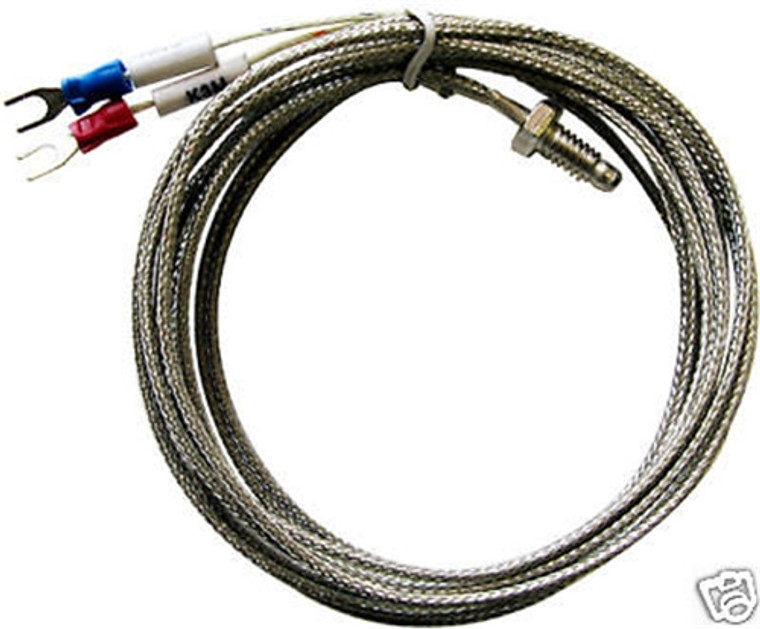Reliable heating solutions are crucial in every industrial application. MI Heating Cable stands out as a top choice for many industries. This innovative technology offers numerous advantages that can boost efficiency and safety in various applications.
Let’s explore the top five benefits of MI Heating Cable and why it’s becoming increasingly popular among industry professionals.
1. Superior Temperature Control
One of the most significant advantages of MI Heating Cable is its ability to provide precise temperature control. This feature is essential in many industrial processes where maintaining a specific temperature is critical.
- Consistent heat distribution: MI Heating Cable ensures even heat distribution along its entire length, eliminating hot or cold spots.
- Quick response time: The cable reacts rapidly to temperature changes, allowing for swift adjustments.
- Wide temperature range: It can operate effectively from sub-zero temperatures up to 600°C (1112°F).
Real-life example: In a pharmaceutical manufacturing plant, MI Heating Cable is used to maintain a constant temperature in storage tanks. This precise control helps preserve the quality and efficacy of sensitive medications.
2. Durability and Longevity
MI Heating Cable is built to last, making it an excellent investment for industries looking for long-term heating solutions.
- Robust construction: The cable’s mineral insulation and metal sheath provide exceptional protection against mechanical damage.
- Resistance to harsh environments: It can withstand extreme conditions, including high temperatures, chemicals, and moisture.
- Minimal maintenance: Due to its sturdy design, MI Heating Cable requires less upkeep compared to other heating systems.
According to a recent study, MI Heating Cable installations have an average lifespan of 20-30 years, significantly longer than many alternative heating solutions.
3. Energy Efficiency
In an era where energy conservation is paramount, MI Heating Cable offers impressive energy efficiency benefits.
- Low heat loss: The cable’s design minimizes heat loss, ensuring that most of the energy is used for its intended purpose.
- Zoned heating: It allows for targeted heating of specific areas, reducing overall energy consumption.
- Compatibility with smart controls: MI Heating Cable can be integrated with advanced control systems for optimized energy use.
A food processing plant reported a 15% reduction in energy costs after switching to MI Heating Cable for their pipe freeze protection system.
4. Versatility in Applications
The adaptability of MI Heating Cable makes it suitable for a wide range of industrial applications.
- Process temperature maintenance: Keeps pipes, tanks, and vessels at the required temperature.
- Freeze protection: Prevents water lines and equipment from freezing in cold climates.
- Snow and ice melting: Used in walkways, ramps, and roofs to prevent ice buildup.
- Heat tracing: Maintains viscosity in fluid transport systems.
For example, an oil refinery in Alaska uses MI Heating Cable to prevent crude oil from solidifying in pipelines during harsh winter months.
5. Enhanced Safety Features
Safety is a top priority in any industrial setting, and MI Heating Cable offers several features that contribute to a safer working environment.
- Low fire risk: The mineral insulation is non-flammable, reducing the risk of fires.
- No toxic fumes: Unlike some plastic-insulated cables, MI Heating Cable doesn’t emit harmful fumes when heated.
- Grounded metal sheath: Provides an extra layer of electrical safety.
- Fail-safe design: If damaged, the cable typically fails in an open circuit, preventing overheating.
A chemical processing facility reported zero safety incidents related to their heating system in the five years since installing MI Heating Cable.
Final Words
MI Heating Cable offers numerous benefits for industries, from superior temperature control to enhanced safety features. Its durability, energy efficiency, and versatility make it an excellent choice for a wide range of applications. By choosing MI Heating Cable, businesses can improve their processes, reduce energy costs, and create safer working environments. As technology advances, we can expect to see even more innovative applications for this versatile heating solution in the future.














